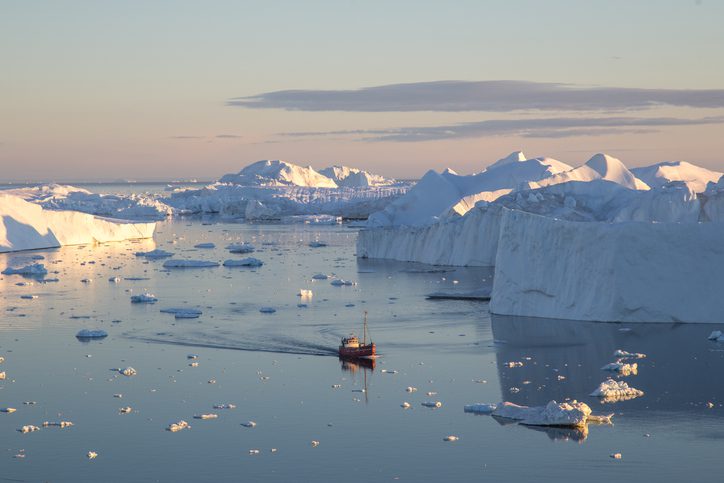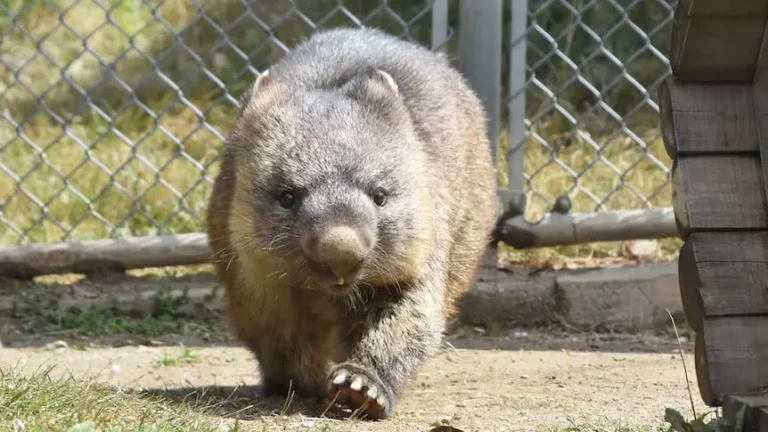Over 250 terrestrial and marine sites spanning more than 100 countries, covering approximately 3,500,000 km2 (surpassing the size of India), have earned international recognition under this Convention. Although some gaps persist in the World Heritage List, it presently safeguards a highly valuable representation of our global natural heritage.
Additionally, these natural sites play a pivotal role in climate regulation and carbon sequestration. World Heritage forests, for instance, absorb approximately 190 million tons of CO2 annually, which is equivalent to half of the United Kingdom’s yearly CO2 emissions from fossil fuels. Similarly, marine and coastal sites contribute significantly to climate mitigation by storing 1.3 billion tons of carbon, known as blue carbon, within seagrass meadows, tidal marshes, and mangroves. This represents a substantial 15% of the world’s total blue carbon assets.
Here are five incredible UNESCO sites you might not know exist:

Aldabra Atoll, Seychelles
Virtually untouched by humans, the Aldabra Atoll consists of four islets around a large shallow lagoon, encircled by coral reefs. The raised coral is the largest of its kind.
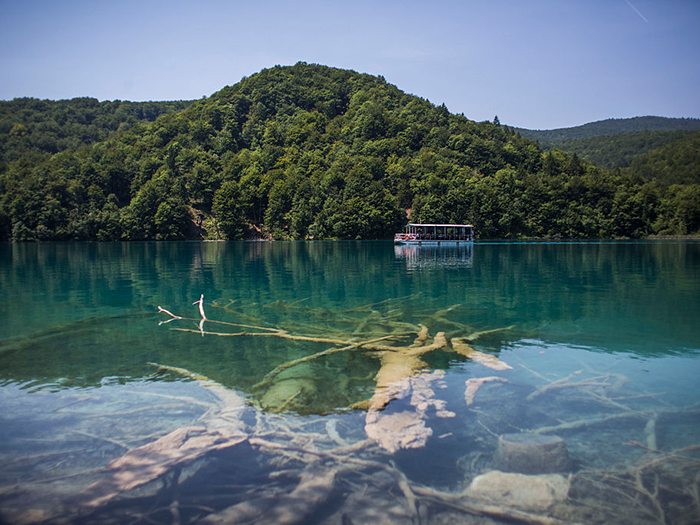
Plitvice Lakes, Croatia
A multi-level system of 16 lakes spills into waterfalls and pools in Croatia’s Plitvice Lakes National Park. The lakes are known for their distinctive colours, which can be turquoise, green or blue.
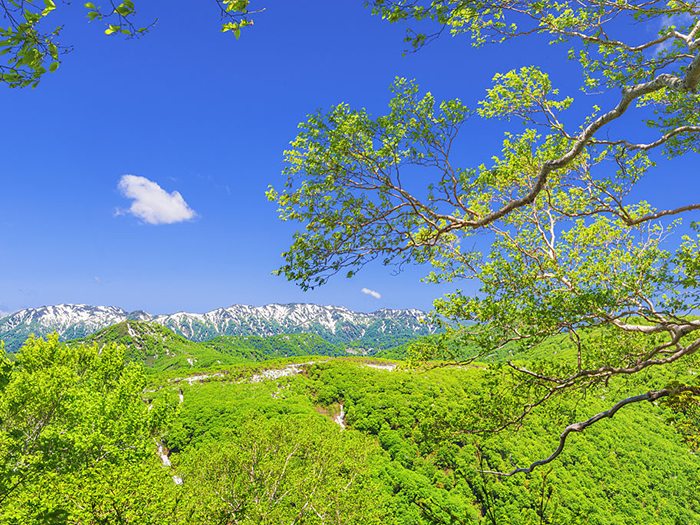
Shirakami-Sanchi, Japan
The largest beech forest in East Asia, the untouched beech forest has very few visitors. This is partly due to permit requirements and lack of man-made facilities. Some of the beech trees date back over 400 years.
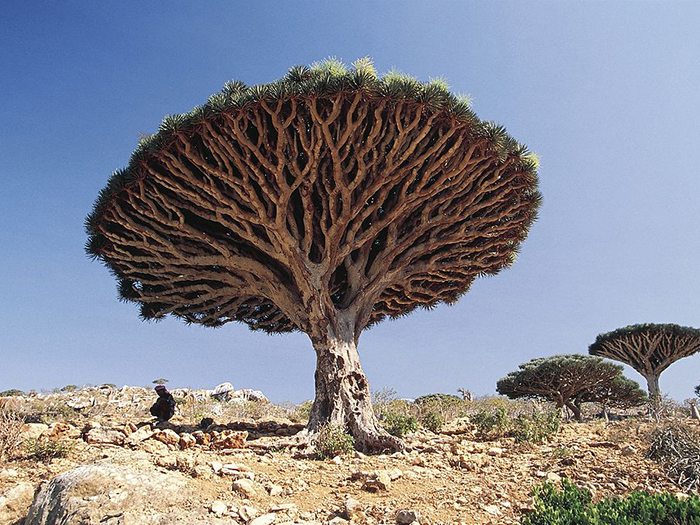
Socotra, Yemen
This heritage site is yet to be discovered by the masses. Socotra has pristine white coastal dunes that are constantly reshaped by wind during the monsoon and unique plant life in the form of the dragon blood tree. The iconic dragon blood tree with its otherworldly umbrella-shaped canopy is a striking emblem of the unique flora found in Socotra
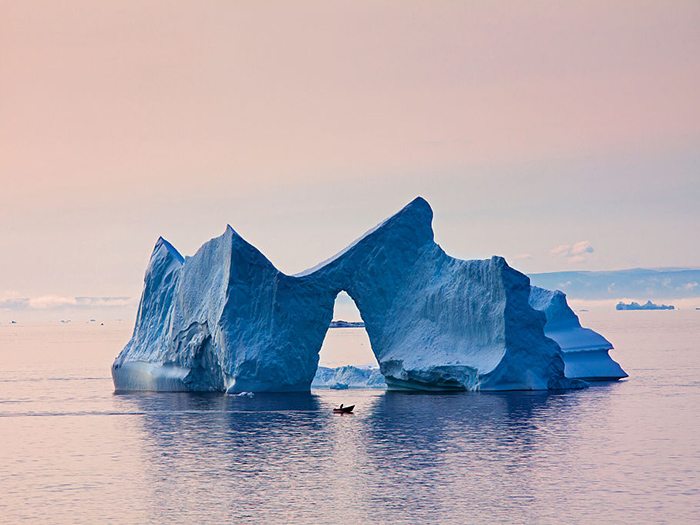
Ilulissat Icefjord, Greenland
Sailing Greenland’s Ilulissat Icefjord offers spectacular views of a calving glacier as it cascades into the fjord.


